News
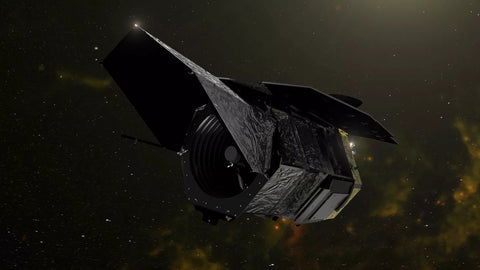
The Nancy Grace Roman Space Telescope: A New Window to the Universe
Revolutionizing Cosmic Exploration with NASA's Latest Telescope NASA's announcement of the Nancy Grace Roman Space...
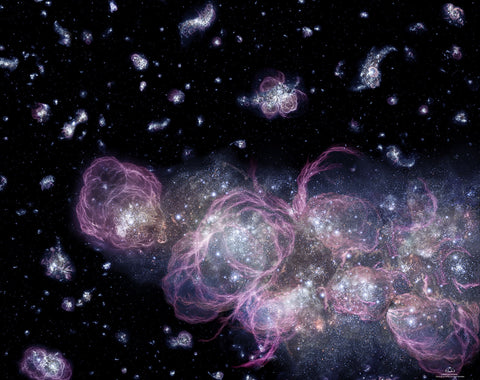
2023: A Year of Discoveries with the James Webb Space Telescope
The James Webb Space Telescope (JWST), a marvel of modern astronomy, has revolutionized our understanding...
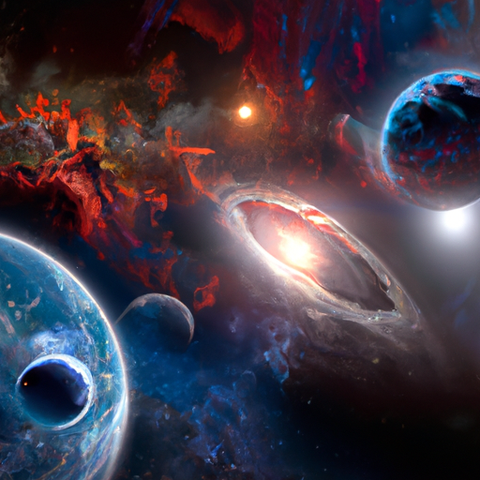
Igniting Innovation Beyond Earth: NASA's Space Tech Missions Leave an Earthly Impact
Igniting Innovation Beyond Earth: NASA's Space Tech Missions Leave an Earthly Impact
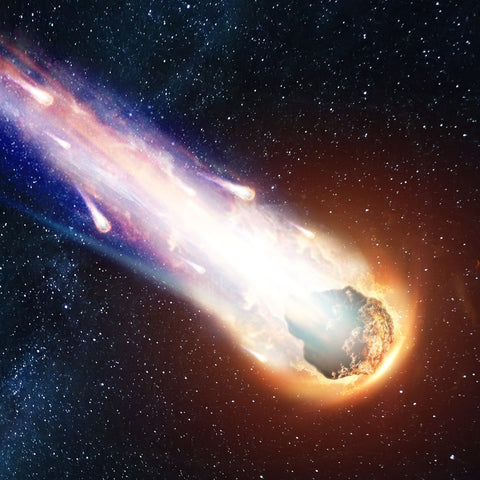
How Comets Could Be the Key to Life on Other Planets
The enigma of life's origin on Earth has long captivated scientists. A compelling theory posits...
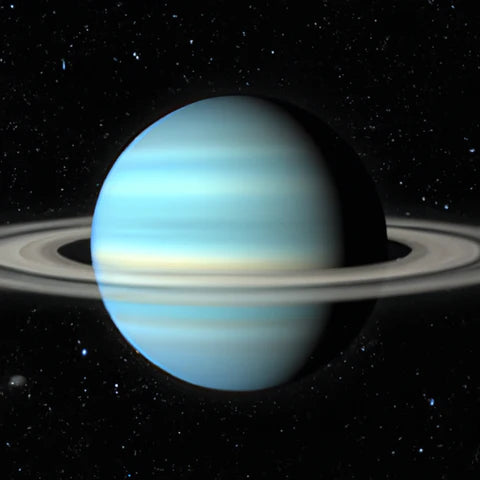
Discovering Uranus in November's Night Sky
A New Star in the Night Sky Move over Saturn, there's a new star in...

The Cosmic Vine: The Discovery Of The Biggest Galactic Structure Known To Man
The universe, a vast expanse of mysteries and wonders, has always captivated astronomers and space enthusiasts....
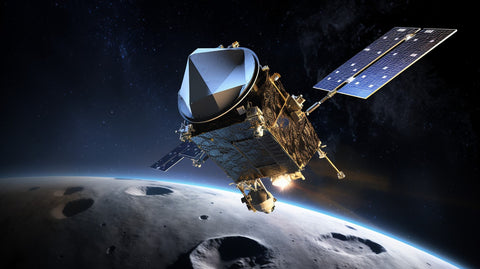
NASA's OSIRIS-REx Triumph: Unearthing Bennu's Secrets and Tracing Life's Cosmic Origins
The cosmos has always been a source of wonder and mystery, beckoning scientists to unravel...
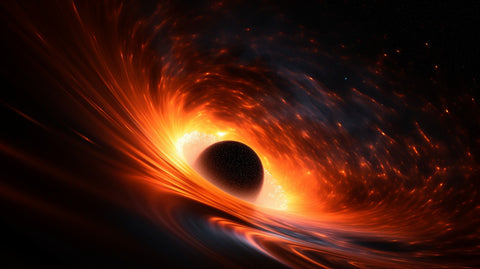
Black Hole Breakthrough: Deciphering Secrets of the OJ 287 Binary System
The universe is a treasure trove of mysteries, with black holes standing as one of...


